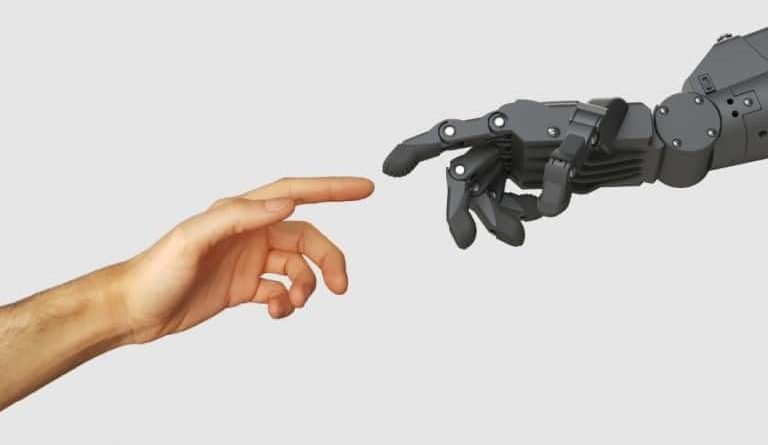
Losing a hand or an arm doesn’t mean losing independence. Thousands of people across the United States have lost all or part of an upper limb due to accident, infection, cancer or diabetic neuropathy.
Prosthetic hands provide functionality, mobility, and confidence to amputees. With these devices, amputees can overcome trauma and lead rich, full lives.
 What Are Prosthetic Hands?
What Are Prosthetic Hands?
Prosthetic hands are devices designed to help those with full or partial hand loss retain the function and appearance of a regular hand. Basic prosthetic hands are cosmetic replicas with only basic function. Whereas innovative electric prosthetic hands have a set of fully articulated fingers.
Types of Prosthetic Hands and How They Work
Prosthetic hands are available to suit every need and budget. Prosthetists help amputees determine what solution will best suit their requirements.
 Passive Functional Hand Prostheses
Passive Functional Hand Prostheses
A passive functional hand prosthesis has no moving parts, but can be used for simple carrying, pushing, pulling and stabilizing. This prosthesis can be cast from the other hand and tailored to skin tone to be inconspicuous.
Passive Functional prostheses are generally made up of a metal skeleton, covered in a lightweight material such as silicone or rubber.
People who are missing fingers or part of a hand can also have a passive prosthesis cast to replace the missing part.
Body-Powered Hand Prostheses
This type of prosthetic hand uses a harness system attached to the upper body. The wearer can manipulate the hand by moving a specific part of their body.
There are two main types of body-powered hand prostheses:
- Voluntary Open: opens the hand when applying tension to the cable
- Voluntary Close: closes the hand when applying tension to the cable
The hand on a body-powered prosthesis can have a simple design, such as a metal hook. Or it can be cast to have a more realistic appearance.
 Myoelectric Hand Prostheses
Myoelectric Hand Prostheses
Myoelectric hand prostheses come the closest to replacing a natural hand or arm. They do not require a harness and are controlled by nerves and electrical impulses from the wearer’s residual limb.
The downside is that they are expensive and the batteries need to be recharged often. There is also a lengthy training period as the patient will need to work with a specialist to program the device to react to the wearer’s intent.
Finger Prostheses
People who have lost fingers can take advantage of prosthetic fingers. Recent advances in prosthetics grant the wearer the ability to perform articulate tasks and regain a strong grip.
Video embed: https://www.youtube.com/watch?v=m0g7yQFbAxM
Improving Technologies
Prosthetic technology is advancing at a breakneck pace. These new innovations allow amputees to come closer to the feeling and function of a natural limb.
Independent Finger Movement
Current myoelectric hand prostheses are not articulate enough to move each finger individually. That will soon change thanks to advances in prosthetic motors and brain mapping. These will allow amputees to perform natural, articulate motions with individual finger movement.
Video Embed: https://www.youtube.com/watch?v=e2Abr6hpezs
Sensory Feedback
Myoelectric prostheses are controlled by signals directly from a users brain. Future prosthetic hands and arms will be able to send signals back. An innovative prosthesis created by Arizona State University allows the wearer to feel when the hand is open or closed, and how much grip pressure they are applying.
Other advances such as an electric skin applied to prostheses will allow wearers to experience pain and feel textures.
Contact The Amputee Coalition For Personalized Support
The Amputee Coalition exists to ensure you do not go through the journey of arm or hand loss alone. Browse our 300 registered amputee support groups or connect with a Certified Peer Visitor to guide recent amputees through their transition.
For support and resources personalized to you, contact one of our information specialists.
For recent amputees, we also encourage you to view these resources as a starting point for rehabilitation and healing:
- Amputation Rehabilitation Resources
- Prosthetic FAQs for the New Amputee
- Emotional Recovery: The Long and Winding Road
